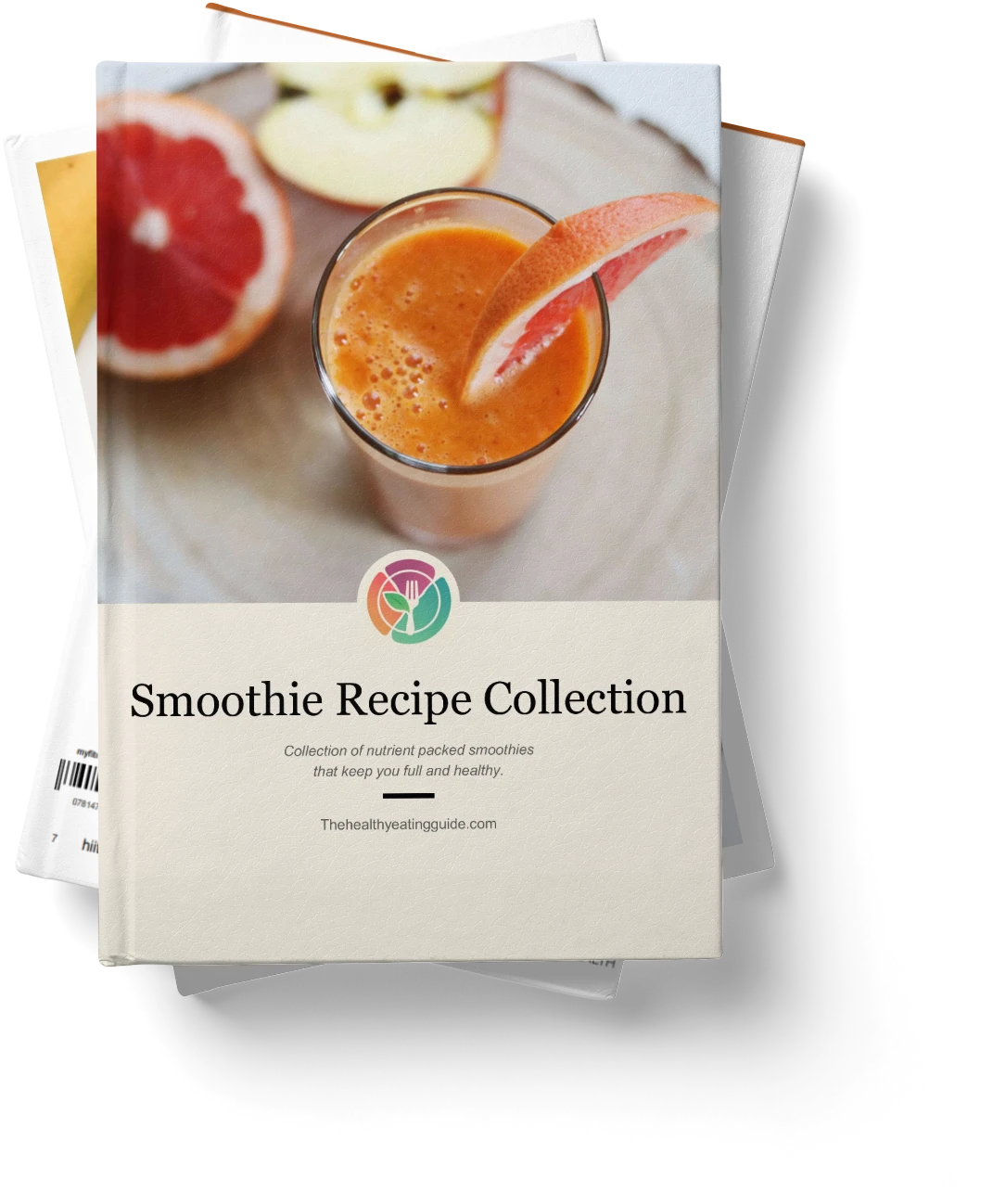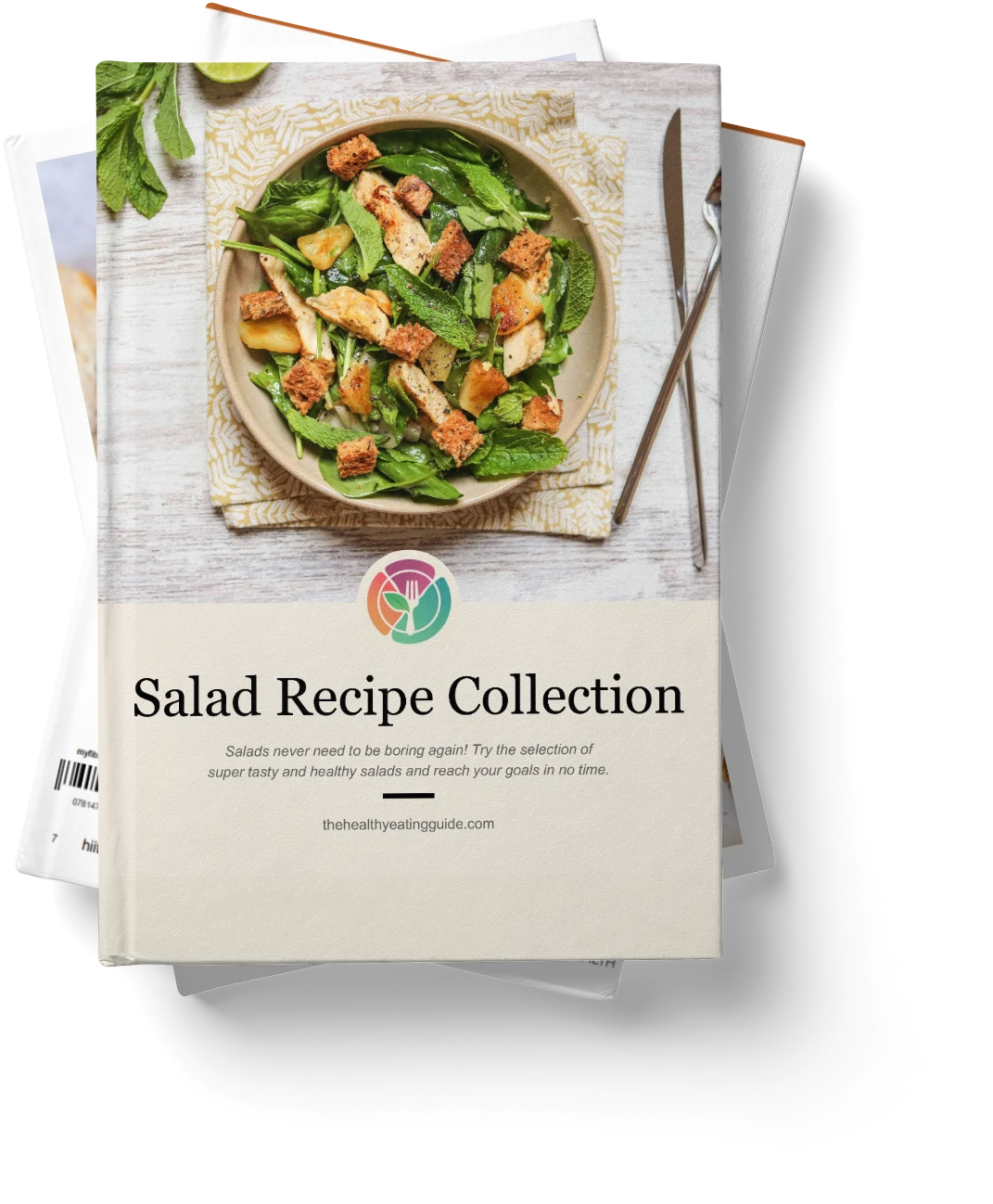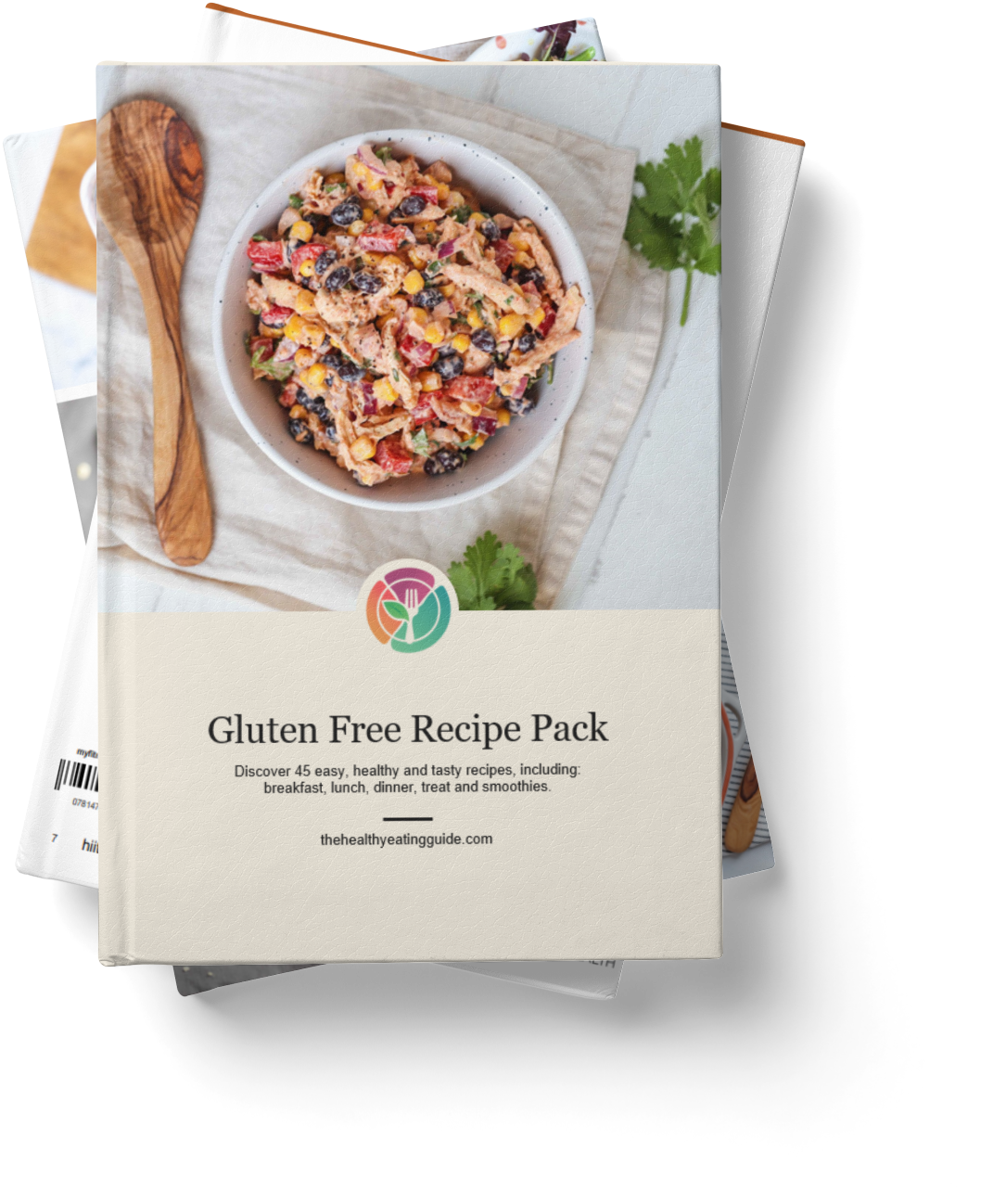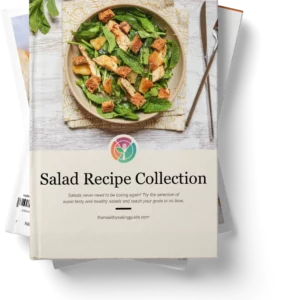Food Health Claims

Navigating food health claims can be a challenging task for consumers. This article will demystify these claims, exploring their regulation, validity, and impact on consumer choices and overall health.
By providing clear, concise, and engaging information, we aim to empower readers with knowledge that will aid them in making informed decisions about their diet.
Understanding the implications of food health claims is crucial in today’s health-conscious world.
Let’s unpack the truth behind these claims together.
Understanding Food Health Claims
Understanding food health claims is essential in making informed dietary choices and promoting overall wellness. Claim interpretation, however, can be daunting due to the prevalence of misleading advertisements. These often exaggerate the health benefits of certain foods, leading consumers astray.
For instance, you might see a snack labeled ‘low fat’ but it might be high in sugar or salt. It’s important to read beyond the bold claims on the front of the packaging.
By understanding how to interpret food health claims, we can navigate these tricky waters. It equips us to separate fact from fiction and make healthier food choices.
It’s like being a food detective, sifting through clues to find the truth. This skill is a crucial tool in our health and wellness arsenal.
How healthy is your gut?
Discover Your Gut Health Score In 8 Questions.
The Regulation of Food Health Claims
Regulatory bodies around the globe play a crucial role in monitoring and controlling the assertions made by manufacturers regarding the nutritional benefits of their products.
They ensure consumers are not misled by unfounded health claims, while fostering a fair and competitive market for manufacturers.
However, they often face regulation loopholes, where existing regulations may have gaps that manufacturers exploit. These loopholes can arise from vague language or unregulated areas of product marketing.
Enforcement challenges also pose difficulties for regulatory bodies. Limited resources or jurisdictional issues may hinder the effective enforcement of regulations. This can make it challenging to hold manufacturers accountable for making false or misleading claims about their products.
Additionally, the evolving scientific understanding of nutrition presents a constant challenge for regulatory bodies.
As nutritional science advances, regulations need to be updated to reflect the latest knowledge and evidence. However, this process can be slow and cumbersome, as it requires thorough research and deliberation.
Despite these challenges, regulatory bodies strive to protect consumers and ensure they can make informed decisions about their food purchases.
Through their efforts, they aim to create a marketplace where manufacturers are held to high standards and consumers can trust the information provided about the nutritional benefits of products.
Validity of Food Health Claims
The credibility of nutritional assertions made by manufacturers is a key factor in consumer decision-making and market integrity. However, the validity of such food health claims is often in question.
The process of claim verification is crucial to ensure that the information provided isn’t just a case of misleading marketing.
For instance, if a cereal box claims to be ‘sugar-free’, it should undergo stringent testing to confirm the accuracy of this claim. If not, consumers could be unknowingly consuming high amounts of sugar, which could lead to health problems.
Therefore, regulatory bodies play a pivotal role in validating these health claims, safeguarding public health and maintaining trust in the marketplace.
Regulatory bodies verify product health claims to ensure consumer safety, accuracy, and maintain market integrity.
Impact of Food Health Claims on Consumer Choices
Consumer choices are significantly influenced by the nutritional assertions made by product manufacturers, as these often form the basis of purchase decisions.
However, due to the complexity of claim interpretation, consumers may misinterpret these proclamations, leading to suboptimal dietary choices.
Factors that contribute to the misunderstanding of food health claims:
Consumer skepticism also plays a vital role, as it prompts questioning and verification of these claims. This skepticism can lead to consumers making better-informed decisions, thus improving their overall dietary choices.
Nonetheless, for this skepticism to be beneficial, consumers need to have access to accurate and easily understandable nutritional information.
How Food Health Claims Affect Overall Health
Understanding the influence of nutritional assertions on overall wellness is vital, as these declarations can directly impact dietary behavior and, consequently, long-term physical health outcomes.
Imagine relying on a food label claim that ‘low-fat’ equals healthy, leading to increased consumption. However, the product might be high in sugar, thus, potentially resulting in unforeseen health risks.
This is where claim perception plays a crucial role. Misinterpretation can lead to inappropriate dietary choices, affecting health outcomes. For instance, excessive sugar intake can increase obesity risk.
Therefore, understanding food health claims is not just about making informed dietary choices—it’s about safeguarding our health.
Conclusion
In conclusion, food health claims have a significant influence on consumer choices and overall health. However, the validity of these claims often remains questionable.
Therefore, it is crucial for regulatory bodies to enforce strict controls to ensure the reliability of these health claims. By doing so, consumers can make informed decisions, ultimately leading to improved health and wellbeing.
Feeling Peckish? We Got You.
Frequently Asked Questions
References
- Healthy Breakfast Recipes - September 21, 2023
- Health Habit to Ditch Immediately - September 20, 2023
- Grass Fed Beef - September 20, 2023



;?>/smartquizbuilder/includes/images/sqb-registration-img.jpg)


















